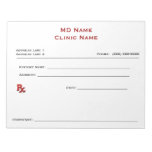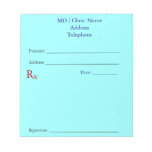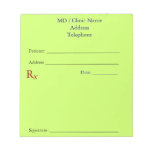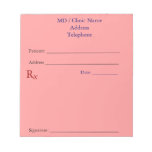Why? Two main reasons. First, many insurers have become more demanding in terms of documentation specificity and thus more liberal with denials. Second, high deductible health plans have shifted much of the financial burden directly onto patients who aren’t always willing—or able—to pay. When this happens, uncollected amounts can skyrocket, sending a practice into a nosedive of financial turmoil. And now, with the average patient financial responsibility for family coverage having increased 78%, it's time to pay closer attention.
At the end of the day, all practices must ask this question: How do you know whether you’re being paid correctly if you’re not monitoring your collections?
Calculate, monitor your net collections rate
The net collection rate measures a practice’s effectiveness in collecting all legitimate reimbursement—that is, the amount the practice is owed after payer contract adjustments are made. It also reveals how much revenue is lost due to bad debt, untimely filing, payment posting errors, claim underpayments, and a variety of other reasons. Financially healthy practices are those that maintain a net collection rate of 96% or higher over a sustained period of time.
Not sure how to calculate your net collection rate? Consider the following five steps:
Identify a time period that you want to monitor (e.g., 90 days). Use aged data (typically from 4-6 months ago) to ensure that the majority of claims used for the calculation have had ample time to clear.
Calculate total payments (from payers and patients) for the designated time period.
Calculate total charges minus approved write-offs (e.g., due to contractual reasons, bad debt, professional courtesy discounts, etc.) for the designated time period.
Divide your calculation in step 2 by your calculation in step 3. Then multiply by 100.
Do this consistently (e.g., every 90 days) for a period of at least one year to get the most accurate average rate.
6 tips to boost your net collection rate
If you’re not satisfied with your net collection rate, the good news is that you can improve it by focusing on patient engagement as well as tracking insurance payments more closely. Consider the following:
1. Use front-end point-of-service collections. Set a goal to collect 100% of copayments and, if possible, deductibles at the time of service. This requires appointment reminders that they must pay the copayment and/or deductible at the time of their visit. If the patient isn't able to cover the financial responsibility, offer options including rescheduling the appointment or other payment options.
2. Invest in patient education. Consider designing a brochure or quick-reference sheet for patients to help them understand the ins and outs of insurance payments and why they may be financially responsible for the bulk of the services they receive. Also, include contact information for insurers with which the practice participates so patients can contact those companies with specific questions about their own coverage. Ensure that someone within the practice is always available—and well-equipped—to answer financial questions. This may require additional staff training, but it’s well worth it in terms of being able to boost collections.
3. Review your patient statements. Could they use an overhaul so patients understand the information on statements more easily? Would it be more cost-effective and efficient to work with an external vendor to assist with generating and sending patient statements in a timely manner?
4. Provide patients with payment options. Accept payments via cash, checks, debit cards, and credit cards. Also, ensure that patients can pay via the patient portal, the practice’s website, and in the office upon check-in. Some practices also offer a payment plan for patients who indicate they are willing to pay their bill in installments. Be sure to document the parameters of this plan, including the terms of payment and what happens if the patient misses a payment. Obtain the patient’s signature on this document.
5. Consider working with a collections agency. Although there’s a cost associated with hiring an agency, this may be a last resort to collect monies owed. Agencies usually charge a contingency fee of 30% or a flat fee (typically $2-$15 per account). Most practices wait until balances have remained unpaid for at least 75 days before turning the account over to collections.
Note that some agencies specialize in ‘soft’ collections, meaning they contact patients with an ‘early warning’ within 30-60 days after payment is due. This approach may be more successful because patients often view it as less demanding and confrontational. Either way, look for an agency that strives to maintain professional courtesy and respect when contacting patients.
6. Don’t assume that patients are the problem. Calculate your net collection rate by payer to identify whether a particular payer is the culprit. Is the payer paying correctly per the contracted rate? Does the payer continually deny a service for no apparent reason?
If nothing turns up, keep digging. Does the practice struggle with submitting claims per timely filing requirements? Is an EHR glitch causing a billing error? Is a repetitive coding error causing denials? Do front-end staff members update demographic and insurance information at each appointment so claims process smoothly?
There are many reasons why a net collection rate may be subpar. Finding the root cause will help the practice take proactive steps to improve collections and become more financially healthy.




It as hard to find educated people on this topic, but you seem like you know what you are talking about! Thanks
ReplyDeleteidn poker